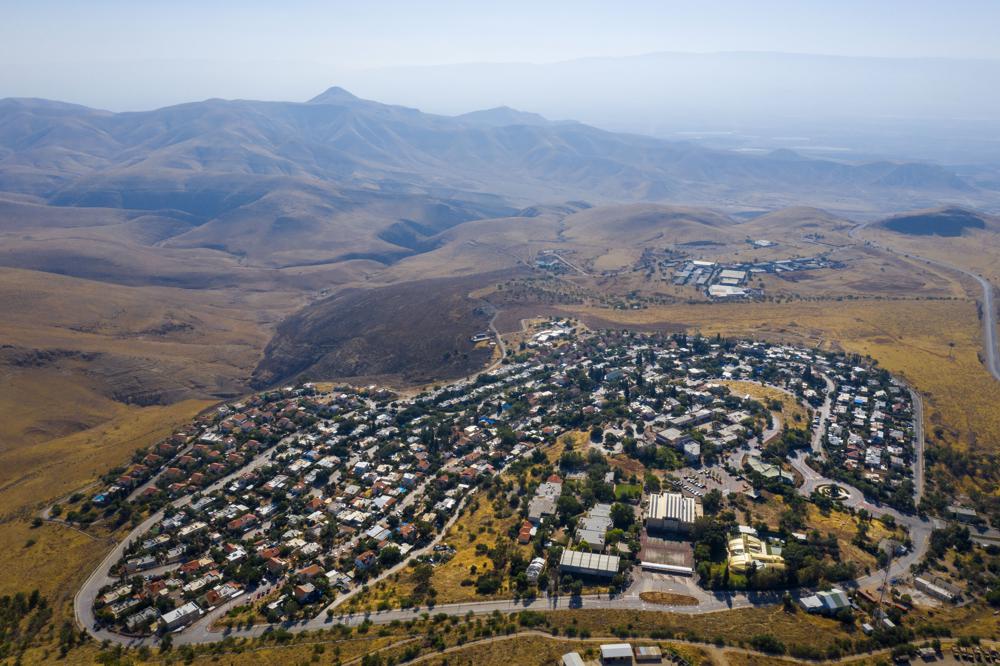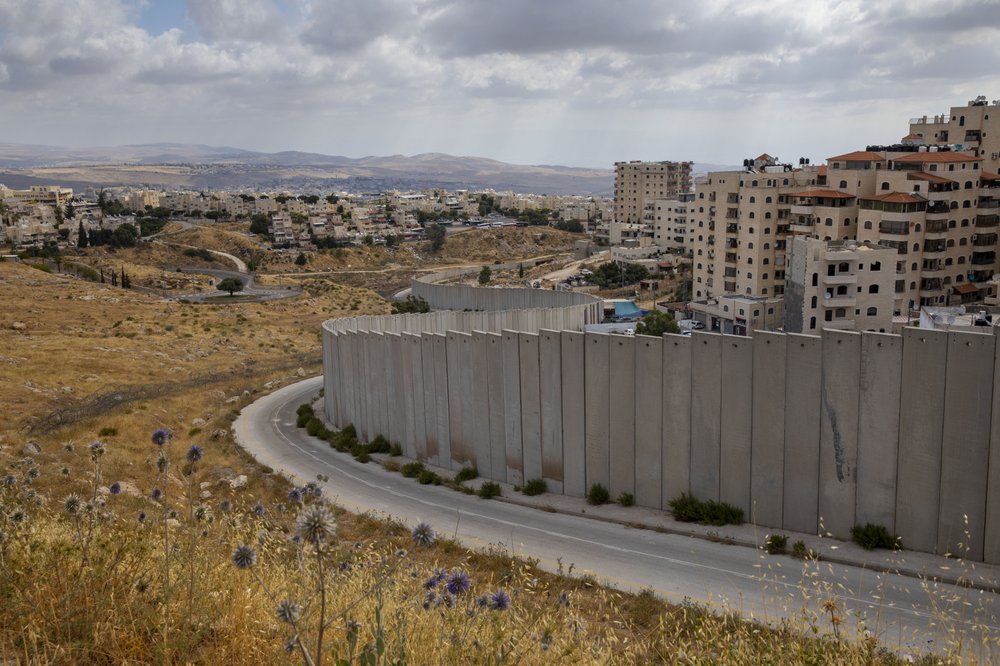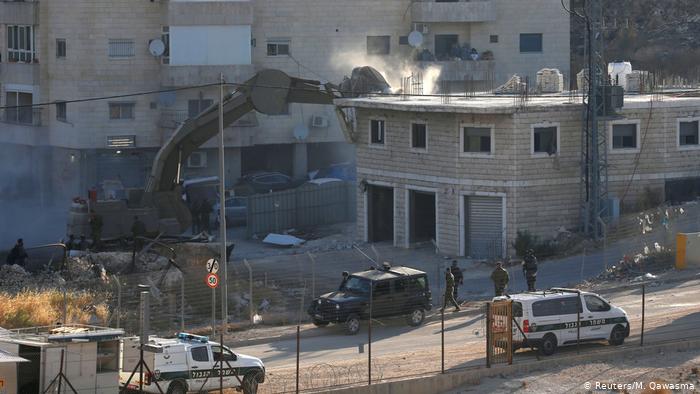I was offered a free trip to Cape Town to attend an arts/journalism program. Besides my attraction to the arts as a way of making sense out of the world–in a way that political reporting does not–a trip to South Africa sounded enticing.
South Africa is a personal site of attraction for someone interested in heading south while also coming from the south, thus leaving behind the exhausting binaries of North-vs-South and West-vs-East. But then the very contentions around the issues that constitute the modern nation’s entire social and political history bring the binary back to the table–albeit with a racial guise.
For over a century, from the 1880s, South Africa lived under an institutionalized system of racial segregation known as “apartheid.” A series of negotiations in 1990 that followed long years of violence culminated in the end of apartheid and the first multi-racial elections in 1994, won by Nelson Mandela, leader of the armed branch of the National African Congress. Sixteen years on, though, and the scars remain.
The townships are living remnants of apartheid. They are often underdeveloped urban settlements reserved for black Africans and colored communities built on the periphery of the city. My friend from Johannesburg and my eyes into this dynamic social scape of Cape Town told me how in Toni Morrison’s Sula, she talks about where black folk live in Ohio that is called ‘Bottom’ when it’s on the hill.
“She says it was a terrible place because nothing grows and the blacks got a raw deal. The only consolation they got was that every now and again they can look down on white people who lived down in the valley,” she told me. Today, while the South African constitution allocates for equal rights, the townships remain spaces of economic incarceration with housing affordable to most blacks who find it difficult to buy property in the city proper.
Langa is a township where friends of friends live, who took us on a weekend tour of the area. Built in 1923, Langa quickly became a site of resistance against apartheid. Today, it consists of a series of neat, tiny housing units, among which stolen electricity wires can be discerned. In post-apartheid Cape Town, the townships still struggle to exist amid an urban planning scheme that continues to sideline them.
Like popular districts elsewhere in the world, Langa’s communal life is highly visible. On a weekend evening, hip-hop music resonates through its alleys, while young men and women wearing colorful attires take to the streets to drink and to socialize. Langa, along with other prominent townships, have become sites for touristy gazes now that they have been included in guidebooks and tourist itineraries. Nevertheless, a trip to Cape Town without visiting the townships is to miss the point.
The drive from Langa to affluent Sea Point is not that long of a distance, but it takes a mental switch to digest it. It starts with a popular microbus ride with the co-pilot shouting “Sea Point!” to attract would-be passengers’ attention. For me, the shouting was one of Cape Town’s more illustrious sounds. Once you’ve disembarked at Sea Point, you have to constantly remind yourself that you’re still in the same Cape Town that houses Langa.
Sea Point is a dense suburb in west Cape Town overlooking the Atlantic Ocean. Traditionally reserved for whites during the apartheid years, today it continues to be the site of rising real estate prices and is mostly inhabited by rich Dutch, German and British nationals. The beach includes an Olympic-sized seawater pool for those who can’t take the 14-degree Celsius ocean water.
In its nicely paved pedestrian drags, you find healthy joggers and walkers promenading with their pets–a breathtaking errand when done at sunset. The coastline doesn’t look as austere as do other more affluent areas, such as Clifton and Camps Bay; Sea Point remains an urban space that stretches out to the ocean, a luxury that largely defines its residents.
Between Langa and Sea Point lies the downtown Business District, including the vibrant Long Street with its thriving nightlife. These are almost areas of pseudo-integration between whites and blacks, but not quite. You still hear that this or that club is frequented mostly by blacks, while other taverns are reserved for whites.
At the International Cape Town Jazz Festival, a two-day series of jazz performances that attract thousands of South Africans, I saw another site of would-be integration. “Why don’t you see whites and blacks socializing together?” I naively asked my Johannesburgan friend. Smiling, she responded, “For us to be able to share this place today is in and of itself an unforeseen achievement.”
The festival director opened the concert that day to cheering crowds, declaring, “We don’t have to take the jazz to the townships, the city is there for all of us to enjoy.” Later in his address, he said that wounds were still open and that he hoped that music–and the arts in general–could help in the healing process.
But that process is an intricate one. A nation marred with crime and high rates of HIV/AIDS–both of which are linked to the racial dynamic–has forced much of its youth to question what exactly the revolution achieved.
“Sometimes I feel that we have to dismantle everything and go back to scratch,” said my friend. “Every time we think of the miles that need to be walked to salvage this country, we go back to remembering where we were.” In a nudge of cynicism, she explained how she doesn’t see ways forward if every time problems are cited, you hear the punchline of “but then again, apartheid is over.”
Since this is a travel story, I mustn’t neglect to mention the city’s beautiful vineyards, or their delicious products. Wine-tasting at the Louiesenhof vineyard was a particularly instructive experience. It included learning about the effects of different grapes, various wooden examples and the best foods to go with particular wine labels.
And, of course, there is the Cape of Good Hope. A two-hour drive from Cape Town, it’s totally worth it, especially if you have a fetish for geographic borders and edges. While commonly misconceived as Africa’s southernmost tip (this distinction actually goes to Cape Agulhas, some 150kms away), the Cape of Good Hope nevertheless makes for a dazzling sight. Back in time, it reminded travelers that the world extends eastwards and not only southwards.
Portuguese explorer Bartolomeu Dias was the first to round the cape in 1488, in hopes of extending Portuguese trade into the Far East. It was later dubbed the Cape of Good Hope–Cabo da Boa Esperança–by John II of Portugal, who optimistically saw it as a possible sea route to India and points farther east.
As I stood pondering the ocean from the Cape’s coast, I began thinking of how I would get back to town. As someone with an interest in border and migration issues, I naively asked one white guide: “Is there any irregular migration to South Africa?” He laughed, not without a sense of indignation, and said: “Oh, from all over the place! Zimbabwe, Namibia, Botswana! They come in every possible way. They even travel the river on the backs of crocodiles!”
Maybe, I thought, that would be my means of return.
For a reasonable tour operator for Cape Town and its environs, see African Eagle at www.daytours.co.za. The city boasts a variety budget eateries and hotels in its popular areas, including the Water Front and the Central Business District.




